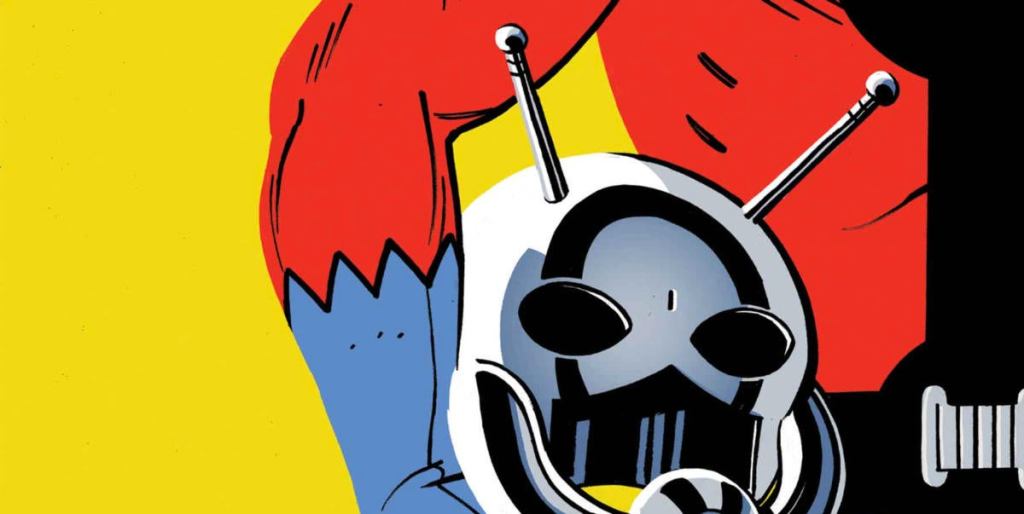Marvel Comics is celebrating the 60th anniversary of Ant-Man with a 4-issue miniseries helmed by writer Al Ewing and Tom Reilly showcasing different iterations of the character from across their publishing history, with each issue featuring a different figure donning the Ant-Man costume. What’s most exciting about the series has very little to do with Ant-Man and everything to do with those telling the story. Ewing brings an innovative approach to storytelling combined with a deep appreciation for Marvel Comics continuity; Tom Reilly offers absolutely essential designs combined with a versatile sense of storytelling. Together these creators are crafting a new Ant-Man tale that not only reflects the character’s long history, but the history of Marvel Comics in a story already bound to astonish readers new and old.
Videos by ComicBook.com

Ant-Man #1 focuses on the original version of the character, Hank Pym, during the peak of the Silver Age when he still appeared in Tales to Astonish. It also cues readers into how this story plans to weave its way through comics history. The story opens in the far future with geometric forms and impossible technology appearing alongside narration instructing the reader on how to access the narrative. Captions, seemingly read from a computer, inform readers of their position in time and space and offer guidance on accessing “MRVL narrative experience,” even going so far as to reference future narrative stages and cliffhangers. Before this future is connected to the distant past, it sets the metatextual stage for considering who, what, why, when, and where is the Ant-Man.
Nowhere is this shift in periods and approaches more evident than in the artwork. Tom Reilly’s approach to The Thing delivered a stunning array of characters and settings delivered in a consistent style – clean lines, iconic designs, and inventive perspectives combined for one of the best looking Marvel comics of 2022. Seeing that take on Ant-Man would be enough, but Reilly modulates his style for each era on the page. Reilly’s style for the future often avoids borders, emphasizes forms, and seems slightly abstract in comparison to the alternative. However, when the story shifts back to Hank Pym’s earliest adventures Reilly alters his style again to capture the tone of a Silver Age superhero caper, with rougher details, greater variation of line weight, and an increase in shading lines and other minor effects. Both eras are recognizably tied to Reilly’s style, but display a tremendous range that captures the past and future in a purely visual sense.
This transformation would not be possible without Jordie Bellaire’s outstanding color work. Clean and neatly organized shades of soft, cold colors display a future that is separated from our present by centuries. The Silver Age-style pages allow for rougher effects and a muted palette that still pops on the page even as it shows the artificial age of a comic seemingly from almost 60 years ago. Everything down to the design of the title and page numbers assures readers travel with the story on this time travel escapade.
It’s difficult for readers to discern the exact nature of that escapade in the first issue, though. Ewing establishes a number of key elements, including the futuristic setting and narration to begin framing the narrative, but the exact mission, stakes, and concept remain a mystery. However, the clues laid out in Ant-Man #1 are plenty enticing. In addition to the unknown Ant-Man of the future and Hank Pym, it also features cameos from Eric O’Grady and Scott Lang whose story’s intersect ever so briefly with the plot here. It suggests that history (and Marvel continuity) are bound together in unexpected fashions, and this story is about discovering those connections. Wherever it may seek to lead, the ambition, concepts, and artistic merit displayed in Ant-Man #1 guarantee it will be a miniseries worth following.
Published by Marvel Comics
On July 27, 2022
Written by Al Ewing
Art by Tom Reilly
Colors by Jordie Bellaire
Letters by Cory Petit
Cover by Tom Reilly








